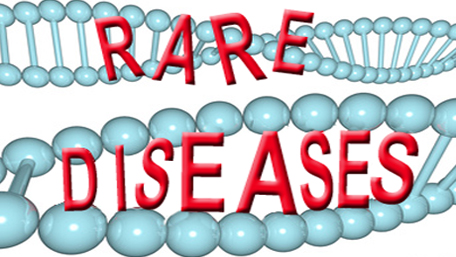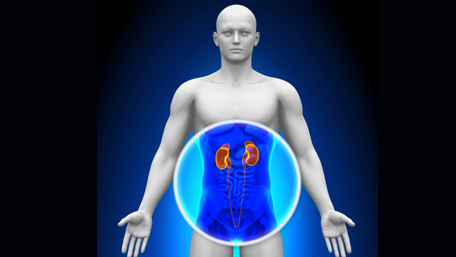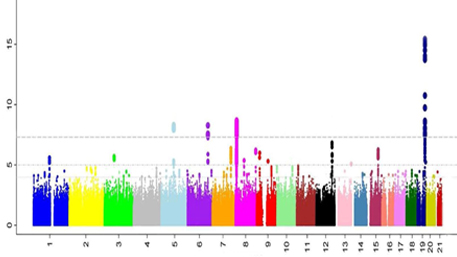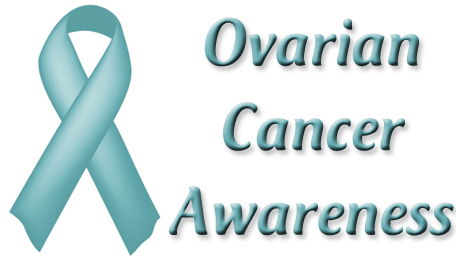
11/27/2021
Hot Topics of the Day are picked by experts to capture the latest information and publications on public health genomics and precision health for various diseases and health topics. Sources include published scientific literature, reviews, blogs and popular press articles.
Sign up MyPHGKB to receive the daily hot topic email alert.
Archived Hot Topics of the Day By Date
CDC Statement on B.1.1.529 (Omicron variant)
CDC, November 26, 2021

What to know about the omicron variant of the coronavirus
M Kornfield et al, Washington Post, November 26, 2021
Classification of Omicron (B.1.1.529): SARS-CoV-2 Variant of Concern
WHO, November 26, 2021
COVID-19 due to the B.1.617.2 (Delta) variant compared to B.1.1.7 (Alpha) variant of SARS-CoV-2: two prospective observational cohort studies
K Klaser et al, MEDRXIV, November 26, 2021
Exploring the Temporal Dynamics of County-Level Vulnerability Factors on COVID-19 Outcomes
J Zhang et al, MEDRXIV, November 26, 2021
Pandemic inequity in a megacity: a multilevel analysis of individual, community, and health care vulnerability risks for COVID-19 mortality in Jakarta, Indonesia
H Surendra et al, MEDRXIV, November 26, 2021
New Clinical Trial Grants for Rare Diseases
R Rubin, JAMA, November 23, 2021
An equation for equity- New equations to estimate kidney function enable accurate clinical assessment without the use of race as a modifier.
K O'Leary, Nature Medicine, November 25, 2021
An mRNA vaccine against tick bites
K O'Leary, Nature Medicine, November 25, 2021
Digital twins for predictive oncology will be a paradigm shift for precision cancer care
TH Boussard et al, Nature Medicine, November 2, 2021
On powerful GWAS in admixed populations
K Hou et al, Nature Genetics, November 2021
Geometric network analysis provides prognostic information in patients with high grade serous carcinoma of the ovary treated with immune checkpoint inhibitors
R Elkin et al, NPJ Genomic Medicine, November 24, 2021
Disclaimer: Articles listed in Hot Topics of the Day are selected by Public Health Genomics Branch to provide current awareness of the scientific literature and news. Inclusion in the update does not necessarily represent the views of the Centers for Disease Control and Prevention nor does it imply endorsement of the article's methods or findings. CDC and DHHS assume no responsibility for the factual accuracy of the items presented. The selection, omission, or content of items does not imply any endorsement or other position taken by CDC or DHHS. Opinion, findings and conclusions expressed by the original authors of items included in the Clips, or persons quoted therein, are strictly their own and are in no way meant to represent the opinion or views of CDC or DHHS. References to publications, news sources, and non-CDC Websites are provided solely for informational purposes and do not imply endorsement by CDC or DHHS.
- Page last reviewed:Feb 1, 2024
- Page last updated:Apr 18, 2024
- Content source:








